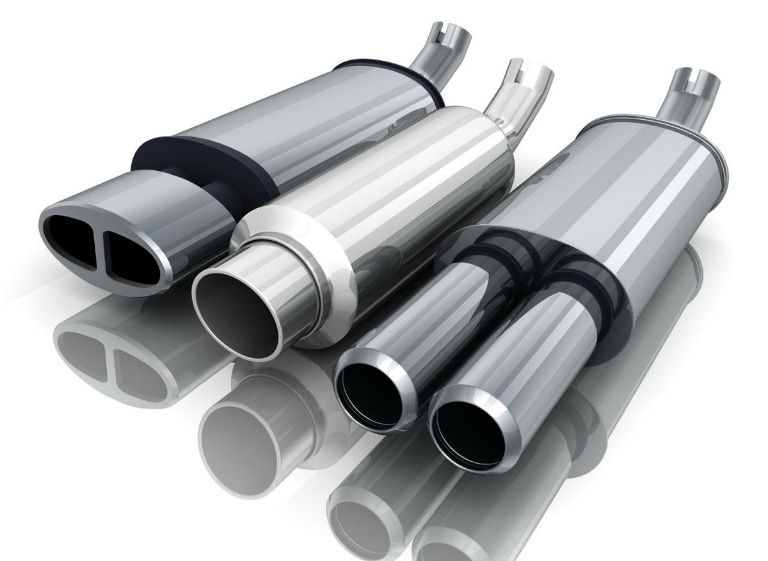Internal combustion engines are known for making a lot of noise while running, which can be very annoying and exhausting to your ears, especially while on long rides. Thus, mufflers were invented to reduce this noise generated by the exhaust system. However, an even newer solution to the unwanted noise is the exhaust resonator, which further reduces the noise by making sound waves that cancel other noises out.

A typical car exhaust resonator is attached to the muffler in the exhaust and it is made from a hollow steel cylindrical tube. This type of resonator is designed similarly as the acoustic resonator, which creates an exhaust note which gives the exhaust noise a more pleasant and less annoying tone. This sound can be enhanced by adjusting the exhaust note. The three steps to picking the perfect resonator are looking for functionality, availability and compatibility.
Resonators are usually add-on features and they are placed together with the muffler along the exhaust pipe. Their primary function is to decrease exhaust noise. The exhaust noise passes through the resonator’s chamber, which tunes the sound to cause interference in order to cancel it out by creating opposite sound weaves.
And since they’re add-on devices, they’re usually provided by aftermarket manufacturers. However, there are some vehicles that are already equipped with them, thus making exhaust pipes capable of pulling the combustion products away from the chamber faster with reduced sound. It’s important to know that most aftermarket manufacturers improve the exhaust tuners so the vehicle performs more efficiently.

Exhaust resonators provide a lot of benefits to vehicle owners. Besides reducing the noise from the engine, they enhance overall engine performance and offer smoother driving as more horsepower is produced without wasting much fuel. Noise suppression also assists in passing emission tests, as the resonator prevents chassis from rattling – which is the effect from contaminated fuel emissions.
The exhaust being a complex system made out of many parts, means that the resonator has to be compatible with most of them. Like the catalytic converter, for example, which helps the muffler do its job. However, the catalytic converter and the muffler don’t cancel each other’s sound weaves, but instead, they restrict the sound from coming out of the exhaust pipes. On the other hand, cats work hand in hand with resonators and reduce and suppress the engine noise, thus allowing the vehicle to reach optimum driving and engine performance as compared to when using a muffler alone.

